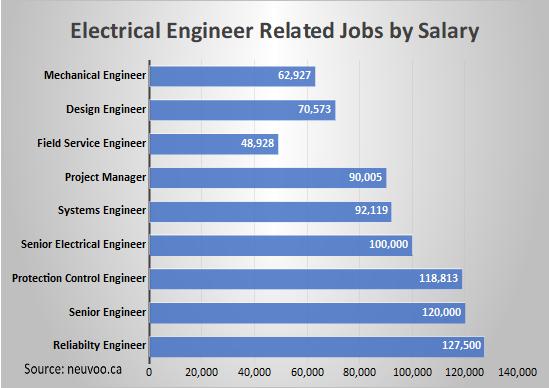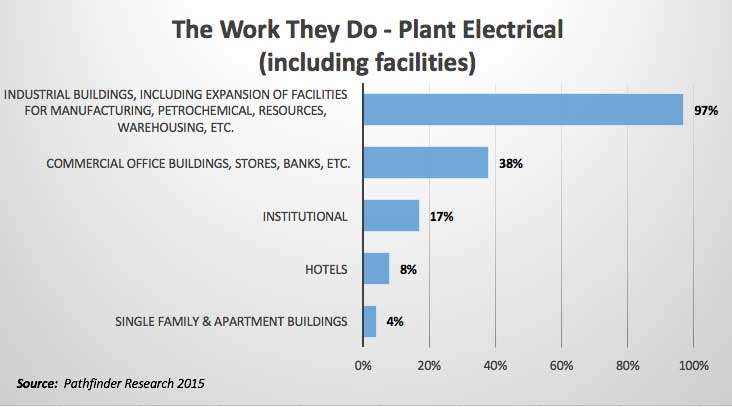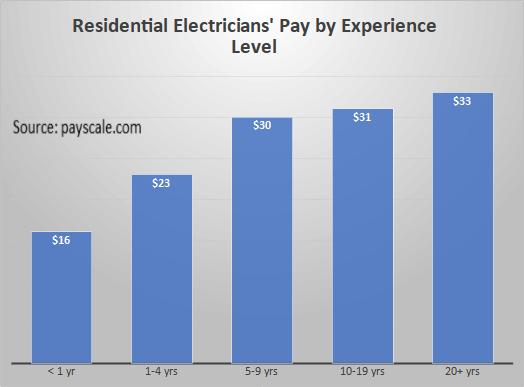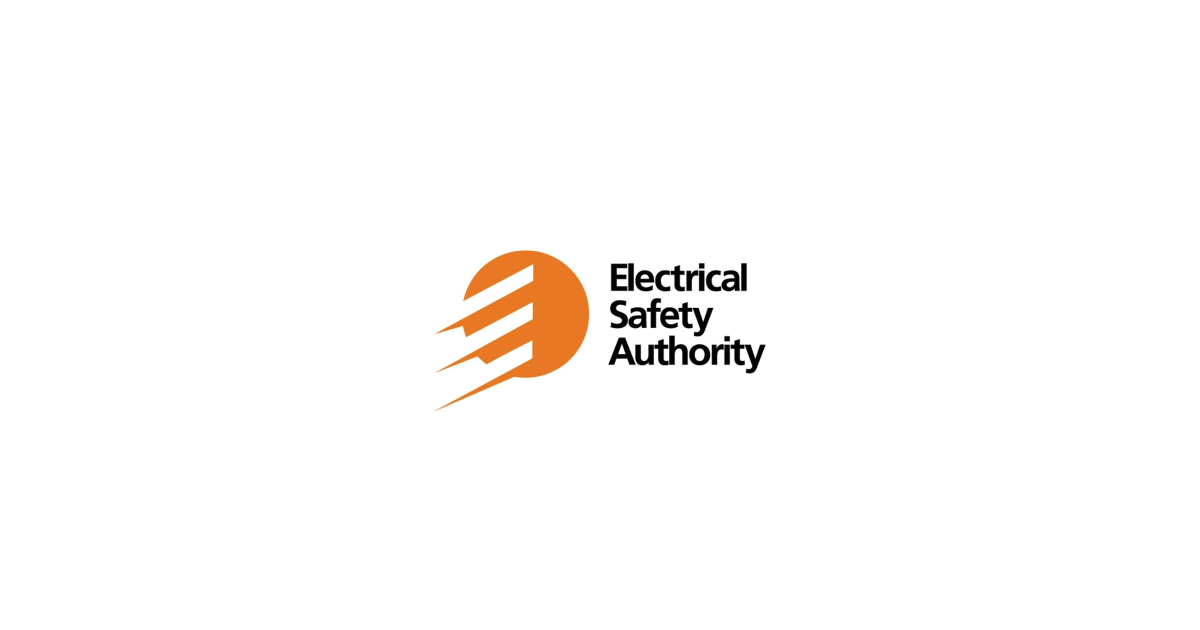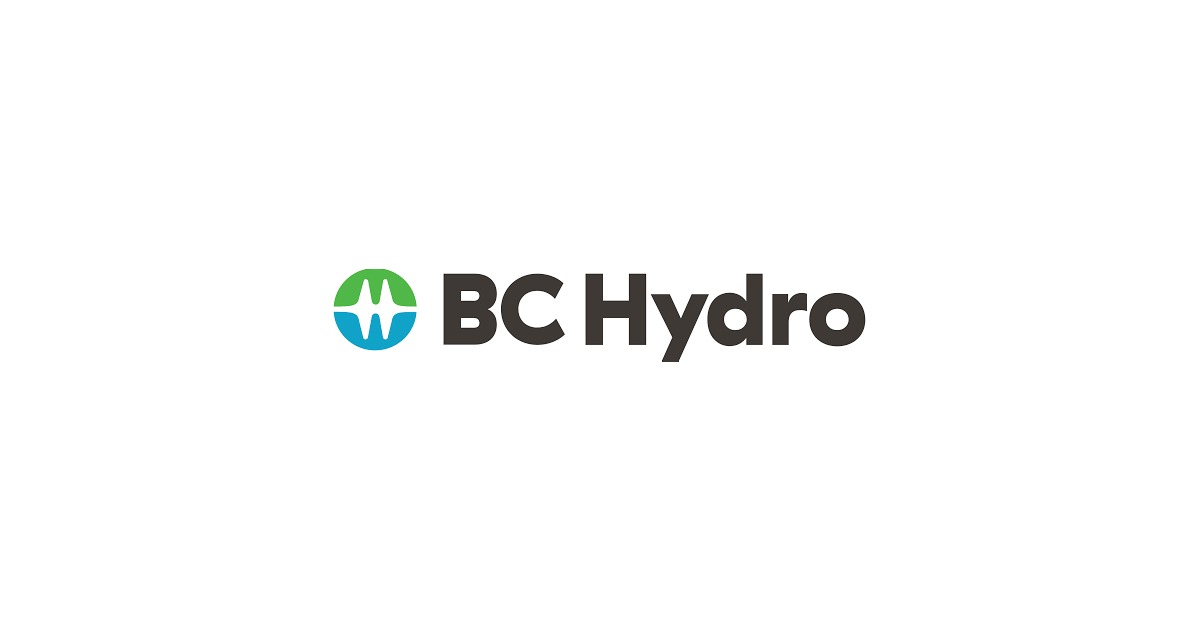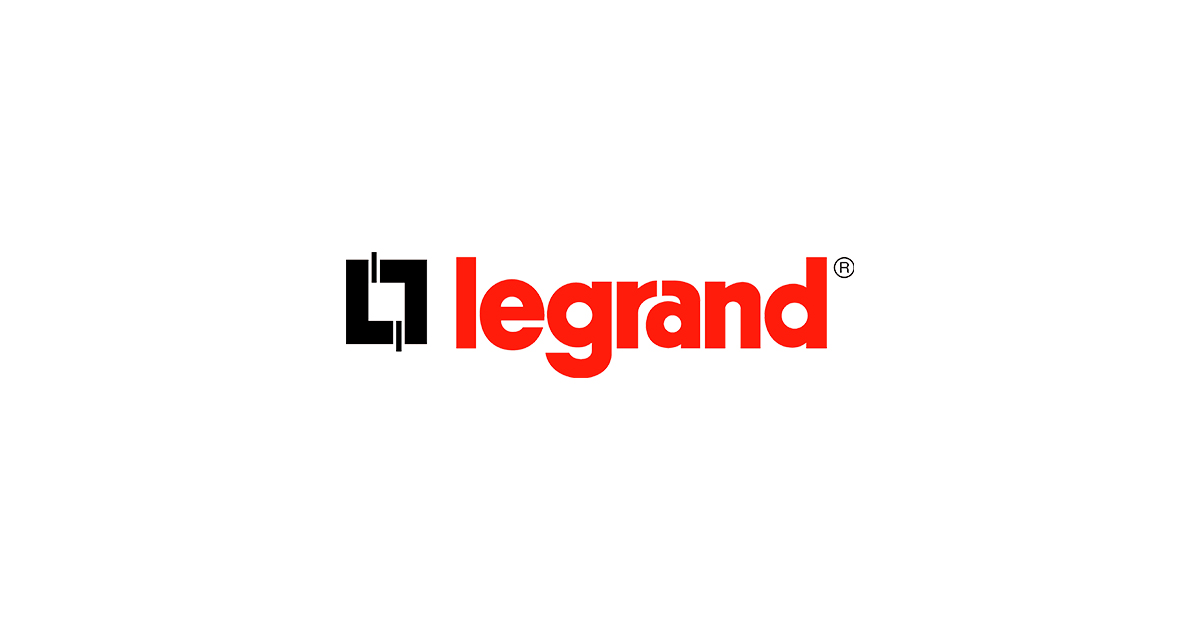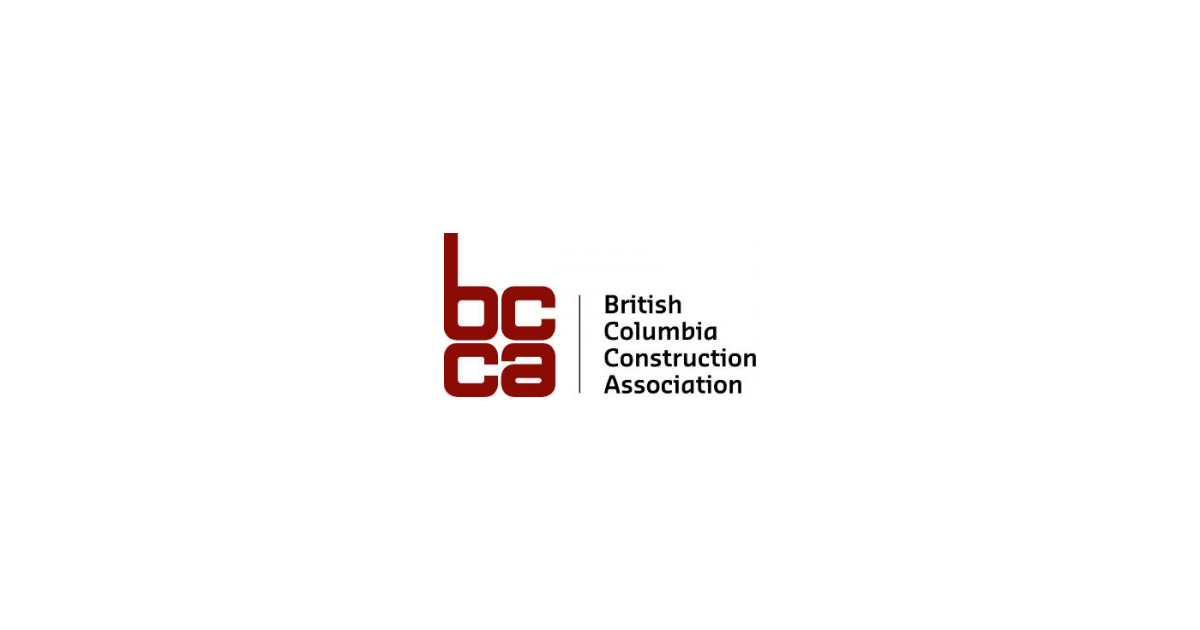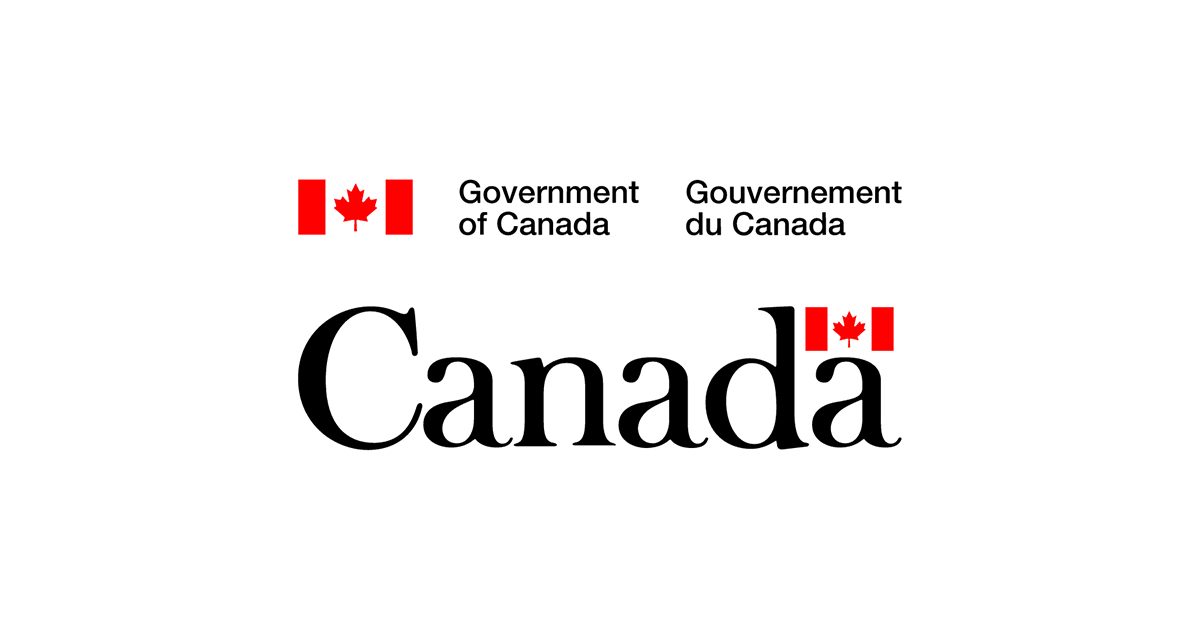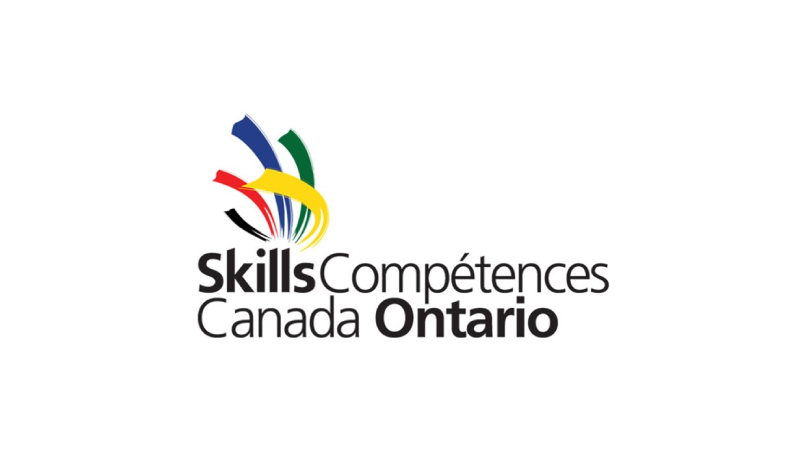Guide to the Canadian Electrical Code, Part 1[i], 26th Edition – A Road Map: Section 24 — Health Care Areas
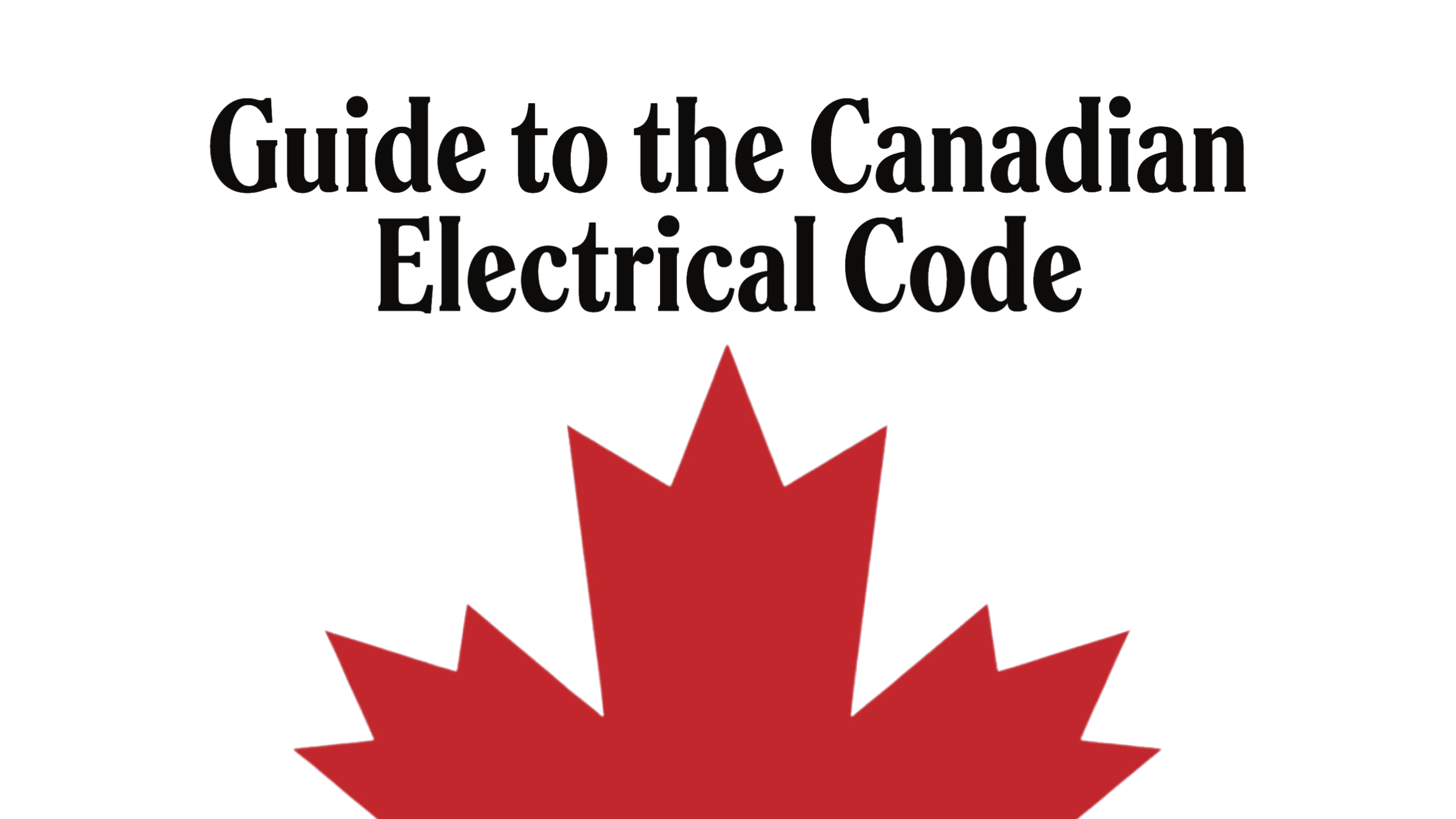
December 6, 2024
By William (Bill) Burr[i]
The Code is a comprehensive document. Sometimes it can seem quite daunting to quickly find the information you need. This series of articles provides a guide to help users find their way through this critical document. This is not intended to replace the notes in Appendix B, or the explanations of individual requirements contained in the CEC Handbook but will hopefully provide some help in navigating the Code.
Section 24 — Health care areas.
General
Rule 24-000 Scope outlines that this section amends or supplements the general requirements of the code. It has been compiled by the Technical Committee on Applications of Electricity in Health Care along with the Committee on the Canadian Electrical Code, Part I, and provides specific rules for patient care areas and essential electrical systems in health care facilities. This section does not amend or supplement the provisions of Section 60 – Electrical communications systems, except for bonding as per Rule 24-104(7) or equipment in shower stalls and bathtub enclosures as per Rule 24-108.

Rule 24-002,Special terminology, provides definitions for terms used in this section, which is additional or supplementary to the definitions in Section 0.
Section 24 is divided into three main parts: Patient care areas, Isolated systems, and Essential electrical systems.
Patient care areas
According to Rule 24-002, patient care areas are areas intended primarily for the provision of diagnosis, therapy, or care. Also, note that patient care areas include not only hospitals but also patient care areas of other health care facilities and medical clinics where basic, intermediate, or critical care is carried out. Appendix B contains important additional notes for this section.
Rule 24-100 describes that the rules of this part apply to patient care areas designated as basic, intermediate, or critical care. These areas are designated by the health care facility administration in accordance with CSA Z32-15 Electrical safety and essential electrical systems in health care facilities and CSA Z8000-11 Canadian health care facilities.
Rule 24-102 outlines requirements that panelboards supplying circuits in patient care areas must be secured; accessible only to authorized personnel; and be outside patient care areas except for essential electrical systems as provided by Rule 24-302 located in basic or immediate patient care areas and for critical care areas only circuits intended and dedicated for critical care. In addition, branch circuits supplying loads within patient care environments, other than those supplying multi-phase equipment, must be 2-wire circuits.
Rule 24-104 contains the rules for the characteristics of circuits in basic care areas. Note that communication or nurse call equipment must follow the rules of Section 16 for a Class 1 circuit but must have its voltage and power limited in accordance with Rule 16-222 3).
Rule 24-106 outlines the bonding to ground requirements in basic care areas and in accordance with Section 10. Note also that exposed non-current-carrying metal parts of communication, radio, television, and non-electrical equipment, if they could become energized, must be bonded to ground with a copper conductor sized as per Table 16 but not smaller than No.12 AWG and connected to an equipment bonding conductor or bonding busbar.
Rule 24-108 outlines the requirements for installing receptacles in basic care areas and requires that:
- receptacles that are intended for patient care need to be located to prevent unintended use.
- Receptacles located where cleaning takes place need to be located 300mm above the floor.
- Receptacles installed in washrooms must be within 1.5m of a sink, outside of bathtub or shower stall and protected by a class A GFCI.
- Housekeeping receptacles need to be identified as such. All receptacles of CSA configuration 5-15R, 5-20R, 5-20RA, 6-15R, 6-20R, and 6-20RA except those in bathrooms or washrooms must be hospital grade.
- All receptacles of CSA configuration 5-15R and 5-20R installed in areas intended primarily for the provision of diagnosis, therapy, or care to children, except receptacles for stationary appliances that are rendered inaccessible, and receptacles located above 2 m from the floor, must be tamper resistant and marked.
- Receptacles supplied from the essential electrical system must be exclusively coloured red. Isolated ground type receptacles cannot be used in this area.
Rule 24-110 permits emergency signaling, and similar equipment manufactured to CAN/CSA-C22.2 No.60601 series of standards, to be installed at normal heights in bathtub enclosures and shower stalls.
Rule 24-112 deals with the characteristics of branch circuits in intermediate and critical care areas. These circuits may be either a grounded system as in Rule 24-104 or an isolated ground system as per Rule 24-202. Branch circuits supplying loads within patient care environments must be 2-wire circuits except for multiphase equipment.
Rule 24-114 requires that bonding to ground in intermediate and critical care areas conform to Rule 24-106, whether supplied from a grounded distribution system or an isolated wiring system.
Rule 24-116 specifies that receptacles in intermediate and critical care areas must meet the requirements of Rule 24-108. In addition, they must be clearly identified if supplied from an isolated system.
Rule 24-118 requires that receptacles in areas subject to fluids standing or drenching from the work area be protected with a Class A type GFCI or be supplied by an isolated system conforming to Rule 24-200
Isolated systems
According to Rule 24-002, an isolated system is an electrical distribution system in which no circuit conductor is connected directly to ground.
Rule 24-200 outlines that Rules 24-202 to 24-208 apply to isolated systems for circuits in intermediate and critical care patient care areas installed under Rules 24-112 and 24-118. Branch circuits supplying only fixed luminaires and permanently connected equipment may be supplied by a conventional grounded system if the circuits are in separate raceways.
Rule 24-202 specifies the means of supply of isolated systems must be by the secondary of an isolating transformer, a motor-generator set, or an isolated battery powered inverter. Where multiple isolated power systems serve one patient care area, they must be bonded together.
Rule 24-204 outlines the required characteristics for single-phase isolated circuits except where Rule 24-206 applies and requires that isolated circuits.
- not be deliberately grounded, except through the impedance of an isolation-sensing device (e.g., an isolation monitor).
- have insulated circuit conductors of one of the following types: RW75 EP; RW90 EP; or RW90 XLPE.
- with the insulation of one circuit conductor coloured orange and the other coloured brown.
- the orange-insulated conductor connected to the nickel screw of receptacles; and
- have overcurrent devices that will open all ungrounded conductors simultaneously,
- any disconnecting means controlling an isolated circuit must safely and simultaneously disconnect all ungrounded conductors,
- Single-phase isolated circuits must be 2-wire circuits with copper equipment bonding conductors, operating at voltages (rms) between conductors not exceeding 300 V for special-use receptacles and permanently connected equipment; and 150 V for other receptacles,
- A single-phase isolated system must include automatic means (a line isolation monitor) to monitor the impedance-to-ground of the system together with any loads connected to it, with an indicator located where visible to persons using the system,
- At the time of installation, the total impedance (capacitive and resistive) between ground and each energized conductor of a single-phase isolated system must exceed 200 000 Ω without utilization equipment or the line isolation monitor connected, and
- Where a single-phase isolated system is employed, it must supply general-purpose receptacles in
- a single anaesthetizing location.
- one or more patient care environments in a single room; or
- a maximum of two patient care environments in separate but adjacent rooms, provided that the alarm indicator clearly identifies the patient care environments affected by the fault, or
- special-purpose receptacles at different locations or in different patient care environments, provided that the system is used only for one purpose and is arranged so that only one receptacle can be energized at a time.
Rule 24-206 provides that an individually isolated single-phase system supplying only a single load may optionally use a line isolation monitor and that overcurrent devices need not be installed.
Rule 24-208 outlines the required characteristics for three-phase isolated systems and requires that a three-phase isolated system must,
- supply permanently connected medical equipment; or special-purpose receptacles in one or more anaesthetizing locations or patient care environments, provided that the system is used only for the one purpose and is arranged so that only one receptacle can be energized at a time.
- not be deliberately grounded, except through the impedance of an isolation-sensing device (e.g., an isolation monitor).
- have insulated circuit conductors of one of the following types: RW75 EP; RW90 EP; or RW90 XLPE, have overcurrent devices that will open all ungrounded conductors simultaneously,
- have its insulated circuit conductors identified as follows:
- isolated conductor No. A — orange,
- isolated conductor No. B — brown, and
- isolated conductor No. C — yellow, and
- Any disconnecting means controlling an isolated circuit shall safely and simultaneously disconnect all ungrounded conductors.
Essential electrical systems
According to Rule 24-002, an essential electrical system is a system that has the capability of restoring and sustaining a supply of electrical energy to specified loads in the event of a loss of the normal supply of energy.
Rule 24-300 sets out that Rules 24-302 to 24-306 apply to portions of a health care facility in which the interruption of the normal power supply would jeopardize the safe and effective care of patients.
Rule 24-302 outlines that the health care administration designates which supply load circuits are essential electrical circuits and that the wiring of the essential electrical system must be kept separate from other wiring and equipment. This usually includes circuits that supply loads designated by the health care facility administration as being essential for life safety in accordance with Section 46 emergency power supply, unit equipment, exit signs, and life safety systems for the care of the patient; and effective operation of the health care facility. An essential electrical system consists of at the minimum a vital branch and may also include a delayed vital branch or a conditional branch, or both. The wiring of the essential electrical system must be kept entirely independent of all other wiring and equipment and not enter a luminaire, raceway, box, or cabinet occupied by other wiring except in transfer switches and emergency lights supplied from two sources and comply with the requirements of Rule 46-108
Rule 24-304 provides for the selection, installation, and operation of transfer switches for essential electrical systems and requires that:
- all automatic transfer switches comply with the requirements of the supply authority and conform to CSA C22.2 No.178.1 for low-voltage installations and CSA C22.2 No 178.3 for high-voltage installations.
- Manual transfer switches shall conform to the following:
- the switching means shall be mechanically held, and the operation shall be by direct manual control or by electrical remote manual control utilizing control power from the supply t which the load is being transferred.
- a manual transfer switch that is operated by electrical remote manual control shall include a means for safe manual mechanical operation.
- reliable mechanical interlocking (and, in the case of a switch operated by electrical remote manual control, electrical interlocking) to prevent interconnection of the normal and the emergency electrical power supply systems shall be inherent in the design of a manual transfer switch; and
- a manual transfer switch shall include a readily visible mechanical indicator showing the switch position.
- The vital and delayed vital branches shall be connected to the emergency electrical power supply system by means of one or more automatic transfer switches.
- The conditional branch shall be connected to the emergency electrical power supply system by either a manual or an automatic transfer switch.
Rule 24-306 describes the requirements for an emergency supply and requires one or more generator sets in accordance with CSA Z32 located on the health care facility premises and installed in a service room or enclosure in accordance with CSA C282. Emergency electrical power supply for buildings.
[i] William (Bill) Burr is an associate member of the Canadian Electrical Code, Part 1, Technical Committee and formerly Chair of the Canadian Advisory Council on Electrical Safety (CACES), Chief Electrical and Elevator Inspector for the Province of BC & the Northwest Territories, Director of Electrical and Gas Standards Development and Director of Conformity Assessment at CSA Group. Bill can be reached at Burr and Associates Consulting billburr@gmail.com..
[i] Source: CSA C22.1:24, Canadian Electrical Code, Part 1 – Safety Standard for Electrical Installations. © 2021 Canadian Standards Association. Please visit Store – CSA Group or call 1-800-463-6727. With the permission of CSA Group, the material is reproduced from CSA Group standard CSA C22.1:21, Canadian Electrical Code, Part 1 – Safety Standard for Electrical Installations. This material is not the complete and official position of CSA Group on the referenced subject, which is represented solely by the Standard in its entirety. While use of the material has been authorized, CSA Group is not responsible for the manner in which the data are presented, nor for any representations and interpretations. No further reproduction is permitted. For more information or to purchase standard(s) from CSA Group, please visit Store – CSA Group or call 1-800-463-6727.




